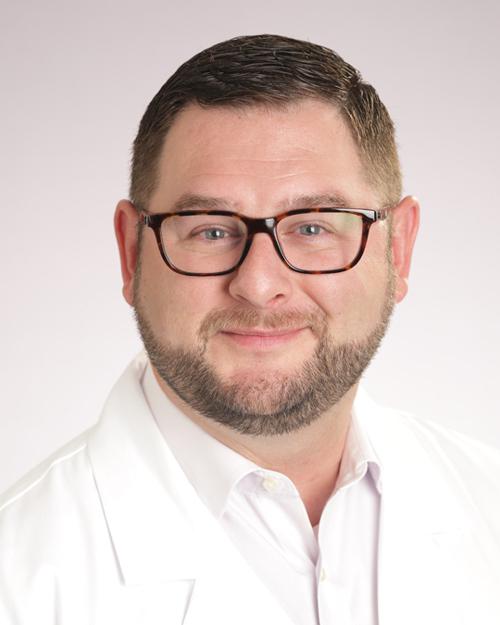
By Kelly C. McCants, M.D., medical director, Norton Heart & Vascular Institute Advanced Heart Failure and Recovery Program
The day Keith Drury’s heart stopped, the last thing he remembers is driving to a job site near the Kentucky River. He doesn’t remember going into cardiac arrest, the CPR or the emergency helicopter flight to Norton Brownsboro Hospital, where he was put into a medically induced coma to allow his heart to rest and recover.
“Four days later, I woke up and wondered what is going on,” Keith said. “I had no idea why I was in the hospital.”
Keith was only 42. After his discharge from the hospital, Keith went through our Myocardial Recovery Program and wore a LifeVest monitored by our team. Since I joined the Norton Heart & Vascular Institute Advanced Heart Failure and Recovery Program as medical director, 180 patients have gone through the program. To date, one-third have recovered. Keith Drury is one of them. The national average is +/- 10%.
The program takes patients who have an ejection fraction under 40% who have been on medical therapy for fewer than three months and have been recently discharged from the hospital. The goal is nothing less than myocardial recovery, which we define as ejection fraction over 40% — back in the normal range.
Program leading patients from heart failure to heart recovery
Patients in the Myocardial Recovery Program receive medical treatment and titration, education, functional assessments, pharmacist evaluations, nutrition guidance and physical therapy. Patients are seen as often as once a week. We can encourage their best recovery. Over a period of months, patients often see their ejection fractions more than double. One patient went from 25% to 60% in eight months. Another went from 15% to 45% in two months.
These patients have improvement not only on their ejection fraction numbers, but also on functional status, which has improved to the point that they can return to work and live normal lives. Fewer than 1% of the patients in the myocardial recovery program have been readmitted for heart failure.
Keith blames his cardiac arrest on the stimulants he was taking because he was tired all the time. He’d been taking prescription Adderall for 10 years.
“That was the issue. It was the bottom part of my heart, a muscle that got wore out, abused,” Keith said. “I was taking enough Adderall to kill a horse.”
When Keith first left the hospital, his heart’s ejection fraction was at only 20%. After his participation in the program, it is most recently up to 40% and climbing.
As part of the holistic care approach that our team uses, Keith was connected with the Norton Cardiac & Pulmonary Rehabilitation Center, where he worked his way up to walking fast for an hour on the treadmill. He also completed a visit with a Norton Healthcare sleep medicine specialist and was diagnosed with sleep apnea, so now he uses a CPAP machine when he sleeps. He’s off the prescription stimulants, takes his heart medicine and limits himself to two cups of coffee a day.
Now 43, Keith Drury is back at work with the phone company, where he is a construction manager. The married father of three also is back to hunting and fishing in his spare time.
“I feel like a million bucks,” Keith said.
Refer a Patient
To refer a patient to Norton Heart & Vascular Institute Advanced Heart Failure and Recovery Program, use our online form and select “Cardiology-Heart Failure.”

